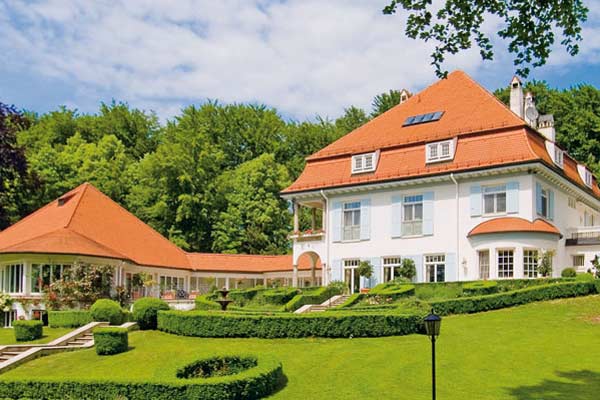
EMEA investors 'to boost real estate spending in 2016'
DUBAI, March 16, 2016
Almost half (48 per cent) of all real estate investors across the Europe, Middle East and Africa (EMEA) region expect to increase their purchasing activity in 2016 compared with just 15 per cent who expect to be less active buyers, according to a new survey.
About 43 per cent also expect their selling activity to increase, indicating a buoyant and liquid real estate investment market for the region in 2016, stated property expert CBRE in its study.
Diverging investor views were prevalent in the responses given for the most attractive country for real estate investment, according to the 'CBRE 2016 EMEA Investor Intentions Survey.'
On the most frequent choice as investors’ preferred destination, Germany topped the survey with 17 per cent of all responses followed by the UK at a close second spot with 15.1 per cent. Spain (10.2 per cent) came third, followed by the Netherlands (9.9 per cent), France (9.2 per cent) and Poland (9.2 per cent).
More importantly, however, this was by far the closest result of any of CBRE’s seven surveys, with many more markets coming into the mix this year, it added.
Despite this commitment to real estate investment, one notable change has been a decline in investors’ appetite for risk.
After three years of diminishing popularity, prime or core assets are back on the agenda. The proportion of investors who see prime or core assets as the most attractive part of the market has jumped from 29 per cent last year to 41 per cent in 2016, said the survey.
This is partly explained by investors’ concerns over economic issues.
When asked the question “What poses the greatest threat to property markets in 2016”, global economic weakness was seen as the greatest threat (31 per cent), with domestic economic problems (14 per cent) a distant second.
When it comes to investment in to the Middle East, Nick Maclean, the managing director, CBRE Middle East, said there is a substantial mismatch between supply and demand.
“Despite the significant development of commercial and residential property over recent decades, the number of commercial transactions involving foreign investors does not adequately reflect the interest in real estate in the GCC and if the relative illiquidity could be solved here, the UAE in particular would see substantial inbound capital flows," remarked Maclean.
There was also a big uplift in interest in Central and Eastern Europe (CEE). When taken as a group, CEE markets saw their proportion of preference rise from six per cent in 2015 to 23 per cent this year.
"This can partly be explained by investors’ continued “search for yield”. In H2 2015 prime yields in continental Western Europe fell very sharply and this has resulted in the yield gap between CEE and Western Europe increase markedly, raising CEE’s attractiveness to real estate investors," he stated.
At a city level, London retained its preferred status, with 15.1 per cent of all investors favouring the city, but the gap between London and other cities is closing, according to the CBRE survey.
Madrid came second with 12.2 per cent, closely followed by Paris (11.6 per cent), Berlin (10.8 per cent), Amsterdam (7.3 per cent), Warsaw (7.0 per cent), Milan (4.7 per cent), Budapest (2.9 per cent), Prague (2.7 per cent) and Munich (2.4 per cent), it stated.
Across the more traditional sectors, offices remained the favourite asset type with 37 per cent of the investors backing it. However it was residential assets which saw the biggest increase in investor interest, growing from five per cent of preferences in 2015 to 12 per cent in 2016.
Retail also fared well, and the recovery of consumer confidence and consumer spending has resulted in the proportion of respondents choosing retail increasing from 22 per cent in 2015 to 27 per cent in 2016.
The search for yield, as mentioned with regard to CEE, was also apparent in respondents’ answers to the
“alternative” sector, said Maclean.
The survey revealed that about 56 per cent of all respondents had already invested in one or more alternative sectors, and 57 per cent were actively looking in one or more of these sectors.
The real estate debt is the segment that currently has the most market penetration with over 30 per cent of investors already having some exposure and 22 per cent actively looking for further investment.
According to CBRE, the student housing was the segment which had attracted the most new interest.
About 20 per cent of respondents already have investments in this area with most of these seeking further exposure. However there are a further 13 per cent of respondents who are looking to invest in student housing for the first time, it added.-TradeArabia News Service







